TheArchbishop's Palace of Cusco is one of the old colonial mansions, at first the palace belonged to the ruler Inca Roca and now became the Museum of Religious Art, was recognized as a World Heritage Site by Unesco.
In the following article we will detail about the beginnings of the Archbishop's Palace, its architecture, where it is located and what things we can see in the current Archbishop's Palace and in which schedules to go, then we will detail the information:
Table of Contents
As we know when the Spaniards arrived and conquered Cusco, they decided to distribute the plots of land among those conquerors and the Inca palace that today is the Museum of Religious Art of Cusco belonged to the governor Inca Roca..
After that, the first owner of the house was the bishop of Cusco Vicente Valverde who resided in the place with his sister Maria Valverde, and in the mid-seventeenth century the property passed to Pablo Costilla y Gallinato who was known as the second Marquis of San Juan de Buenavista.
And who gave it the colonial characteristics that it has until today is thanks to the Rocafuerte family, in the twentieth century the property passed to the first archbishop of Cusco Felipe Hermosa y Sarmiento who acquired it in order to use it as the Archbishop's Palace.
In 1966 Monsignor Ricardo Durand Flórez decided to change the use of the Palace to a museum that is currently known as the Museum of Religious Art of Cusco.
Likewise, he went to the Cusquenian collector José Orihuela Yábar who had an important collection of colonial Cusquenian paintings that were placed in the new museum, some time later the museum received a donation from the archbishopric, these are paintings of Viceroyalty Cusquenian painting, these donations are in the current museum.
Architecturally, it conserves Inca walls and we can see it at the moment, because in the outer wall of the street Hatun Rumiyoc is the stone of the 12 angles, then we can see that the cover has baroque style and the balcony conserves the biforada door located in the corner that goes toward the street Hatun Rumiyoc.
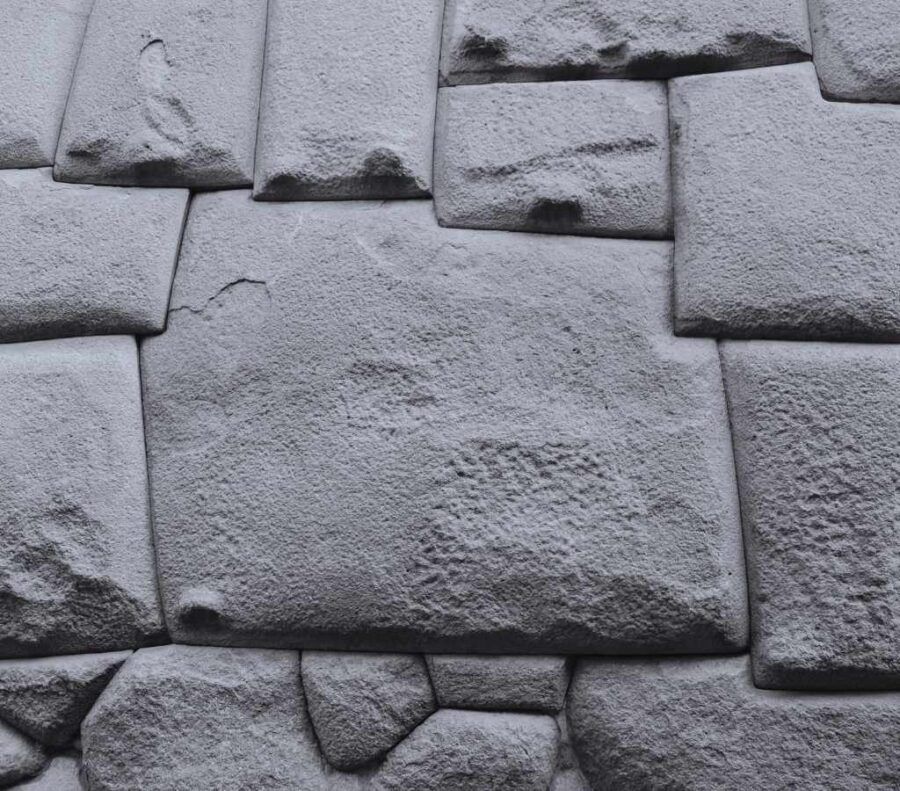
It is located on Hatun Rumiyoc Street s/n, the same street where the Stone of the 12 Angles is located, a few steps from the Plaza de Armas Cusco.
As we said, the Archbishop's Palace is the headquarters of the Museum of Religious Art of Cusco and consists of 9 rooms where important colonial relics are exhibited including canvases, sculptures, carvings, altarpieces and other historical vestiges.
You can also see the colonial architecture inside the house, because most of the decorations are made of stone, you can see the columns, mullioned balconies, windows, patios, sinks, arches and others that still retain their shape.
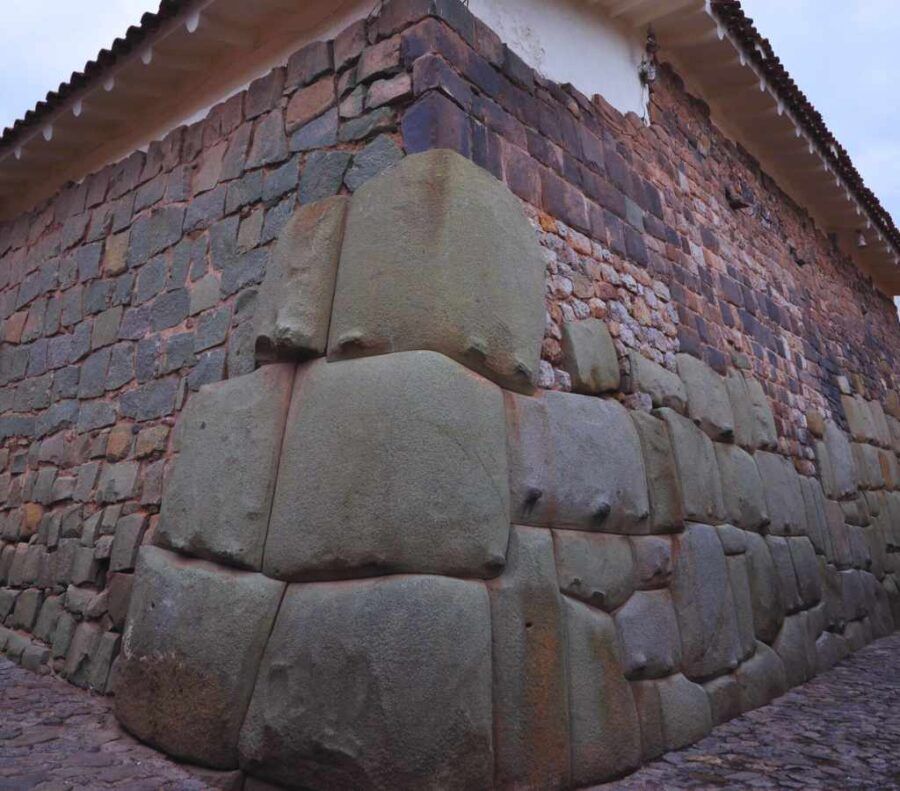
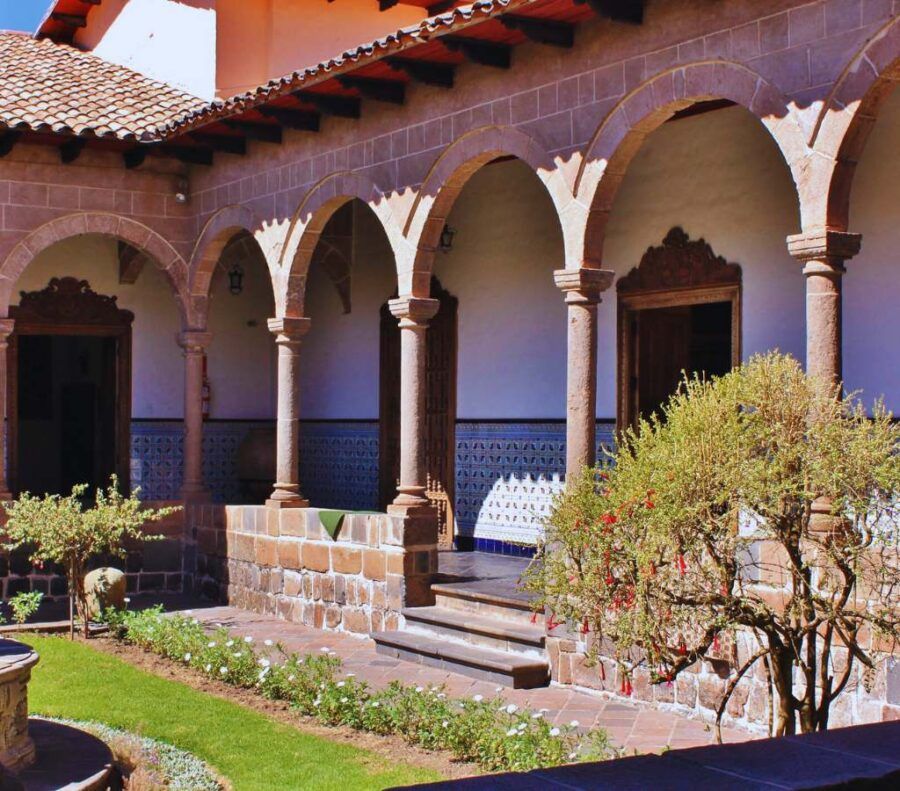
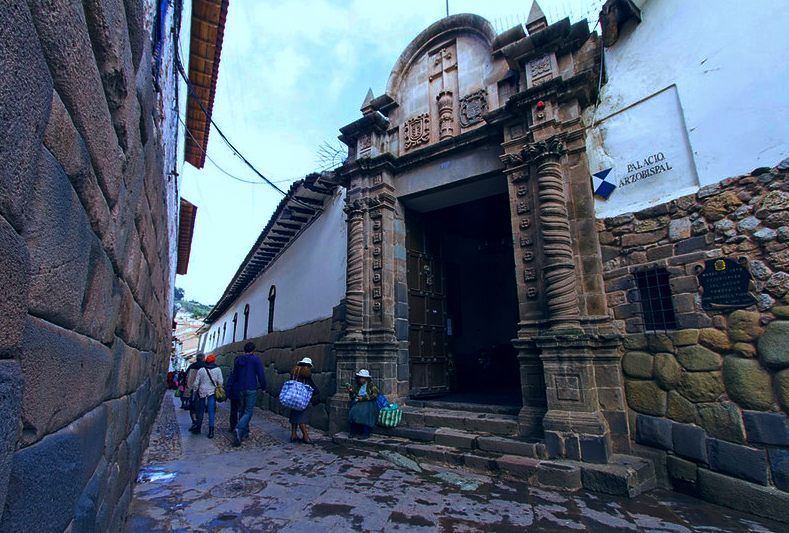
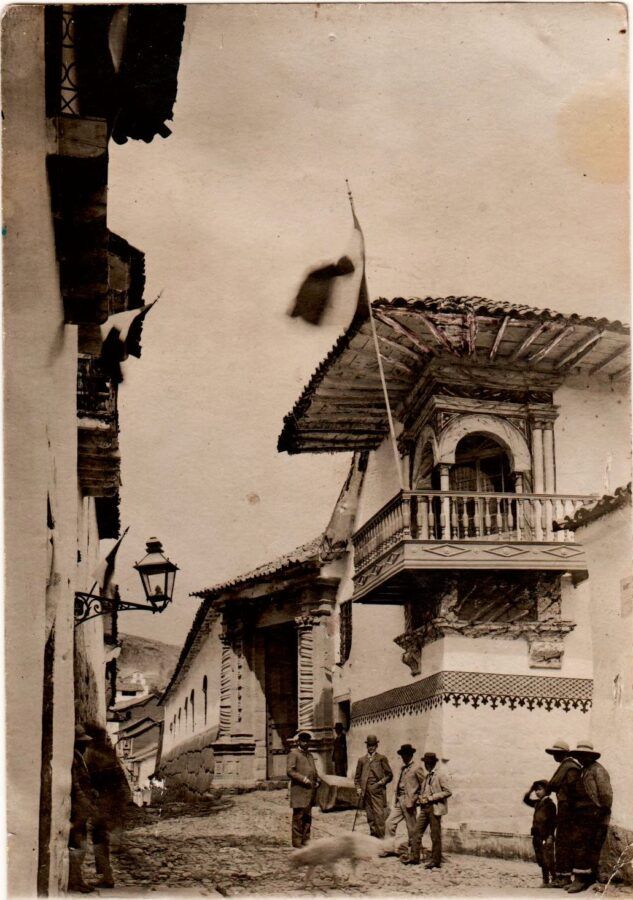
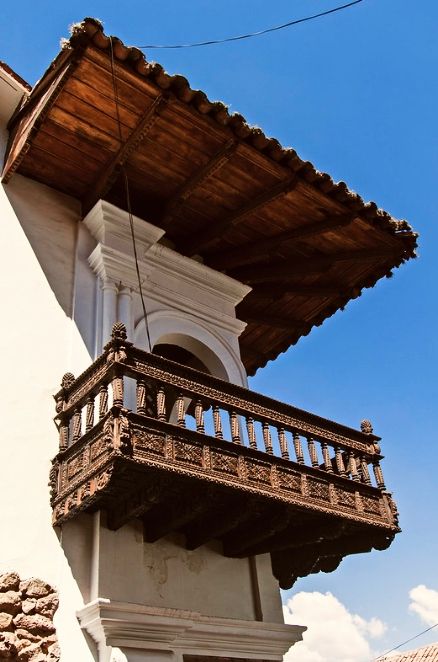
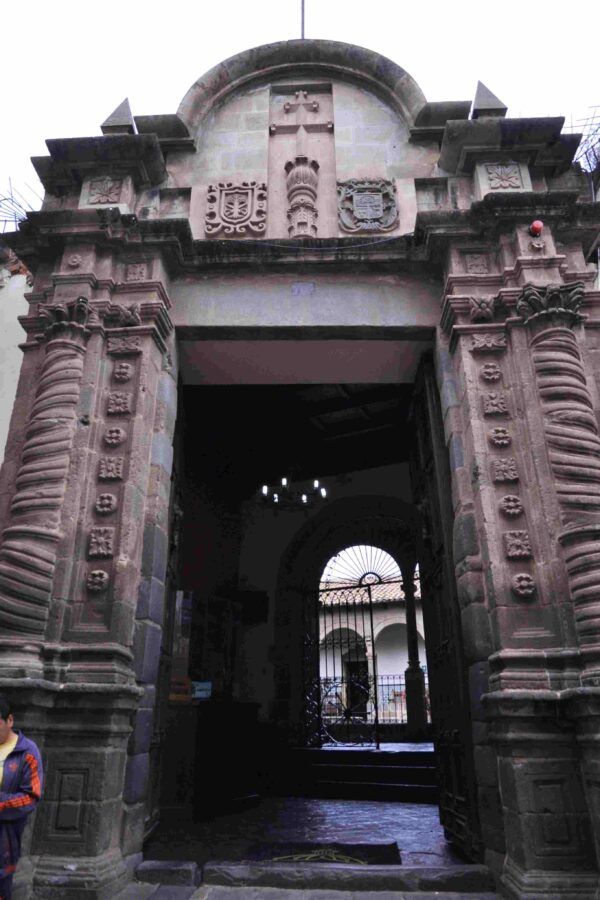
To visit the site you must first purchase the Cusco Religious Circuit Ticket that allows you to visit the churches of the city or you can also buy one at the entrance, for adults it costs 15 Peruvian soles and students 8 Peruvian soles.
You can visit it every day from 10 a.m. to 6 p.m..
In conclusion, to know this old colonial house you must first know a little about it, now that you know about its origins you can visit it and see in more detail every aspect of the house both outside and inside, and incidentally visit the museum that exhibits several paintings and Andean-colonial cultural relics.
